History
History of the Récollets Convent in Paris
The Récollets site in Paris is at the center of a fascinating history that spans more than four centuries, with varying periods of occupation, each leaving traces that are more or less anchored in memory.
The Récollets Convent (1603-1789)
The Couvent des Récollets was founded in 1603 by the Franciscan order under the aegis of Marie de Médicis. This religious order of mendicants lived self-sufficiently in a lush green setting, allowing them to enjoy their harvests and to pray in faith and contemplation, but always with deep joy.
After their departure for Canada, where they were to become the first missionaries, and following the French Revolution, the convent was reassigned for industrial and social uses. A spinning workshop employed more than 1,200 women and children. After that, a forge and barracks occupied the premises at the end of the 18th century.
The Hospital Period (1794-1968)
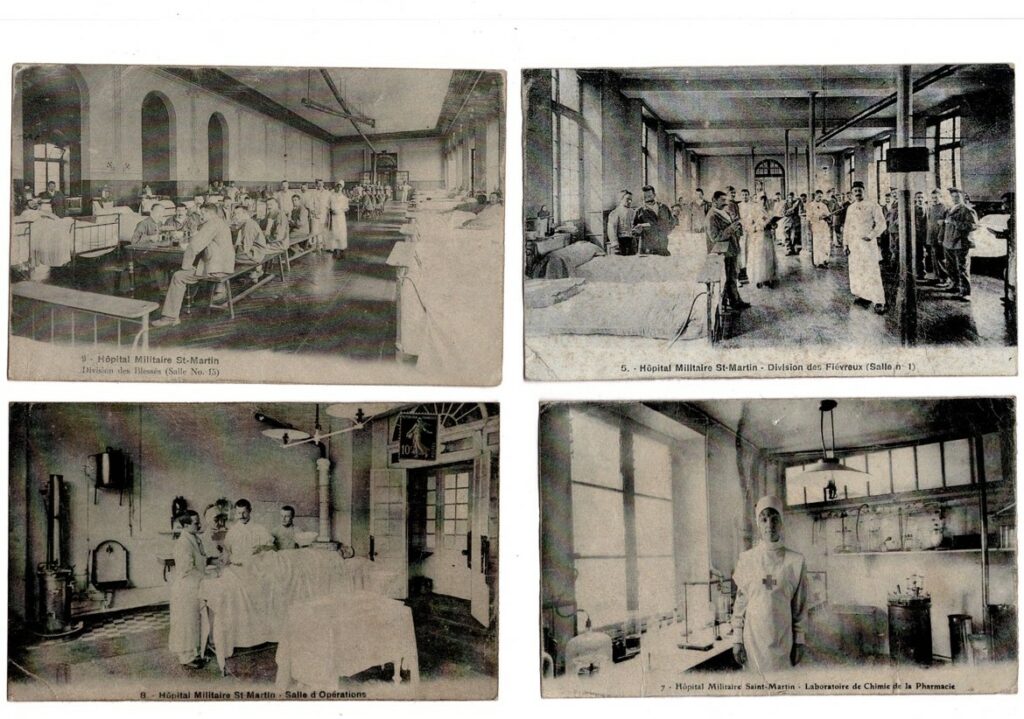
Photographic plates from the beginning of the 20th century taken from the series “la Présence” created by Valentina Medda for the 10th anniversary of the residency
The convent underwent a radical transformation. From 1794, the site became a military hospital for soldiers wounded during the Napoleonic Wars and the Franco-Prussian War of 1870. The site was then repurposed as a hospice for the elderly and destitute. The hospice period lasted almost two centuries, and the site is marked by the memory of Madeleine Favre, a nurse so remarkable that one finds letters of testimony, each more moving than the last.
In 1860, by decree, the Hospice des Incurables was transferred from the control of the Public Welfare Department to the Ministry of War and became the Saint-Martin military hospital.
In 1913, the establishment was renamed the Villemin military hospital, in homage to the military doctor Jean-Antoine Villemin (1827-1892), recognized for his work on the contagion of tuberculosis.
Thus, the hospital has successively borne the names of Saint-Martin and Villemin throughout its history.
Care, prayer, empathy, hope, fervor, humanity: all these values have been present since the beginning, and are embodied by individuals who continue to nourish our memory.
Dr. Paul Ferdinand Gachet, under his artist pseudonym Paul van Ryssel, built a bridge that still stands strong today, connecting art and science. An art collector and doctor during Van Gogh’s final days, he was above all the chief physician of Saint Martin Hospital during the Paris Commune in 1871.
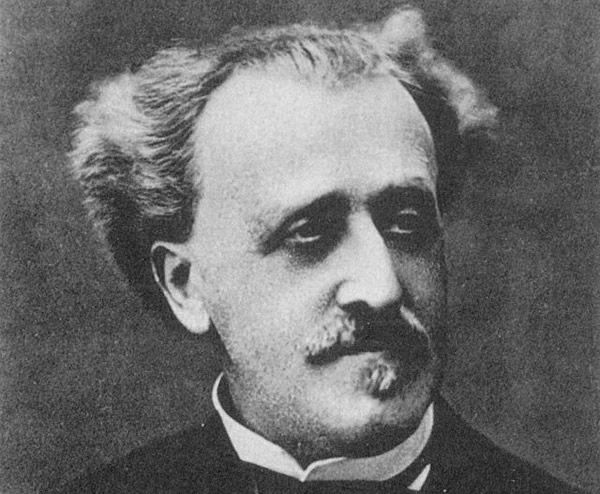
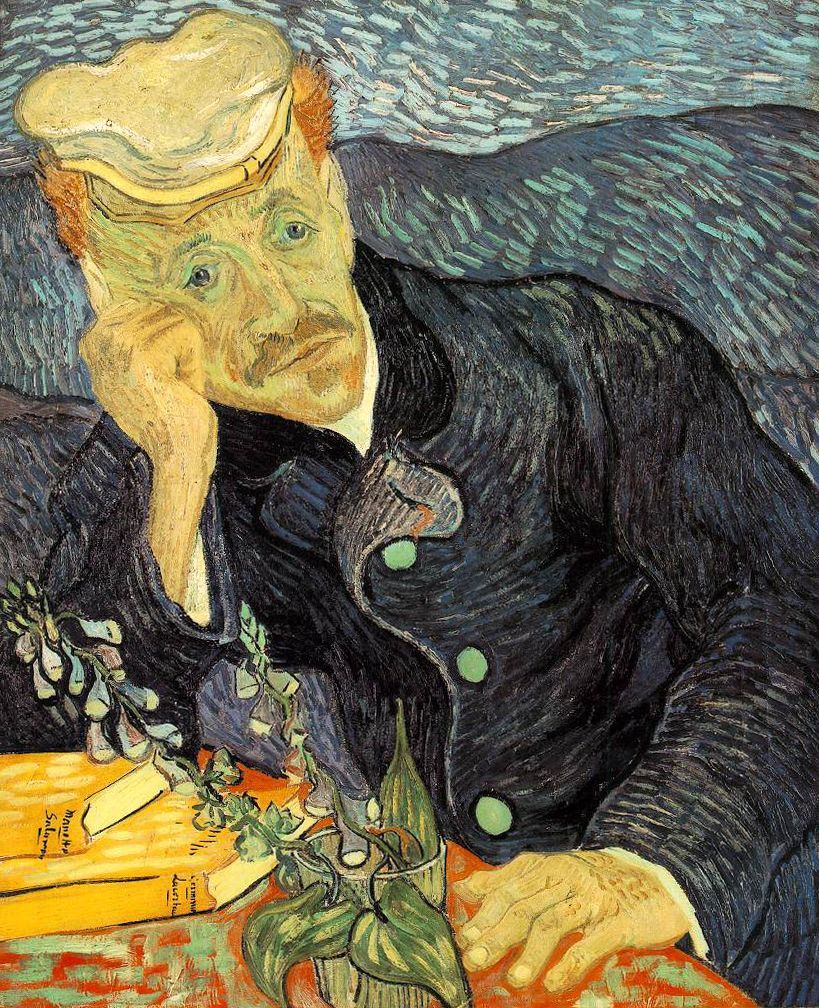
A cultural space from 1974 to the present day
In the 1970s, the site was given a new lease of life when it became a squat for the Paris Villemin School of Architecture.
From 1990, it enjoyed its glory days thanks to an artists’ squat called “Les Anges des Récollets”, giving rise to a living artistic memory.
Their fleeting passage remains memorable, however, and the current site bears witness to this with numerous scattered works that can be found at random along its paths.
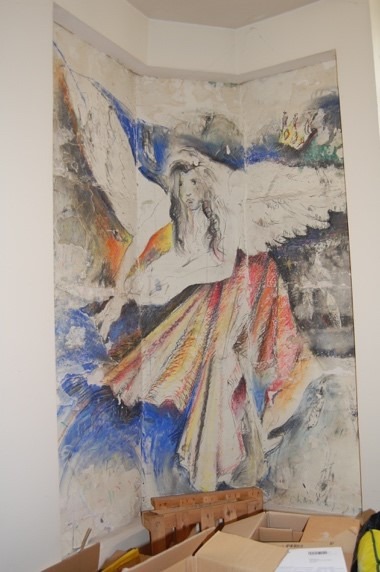
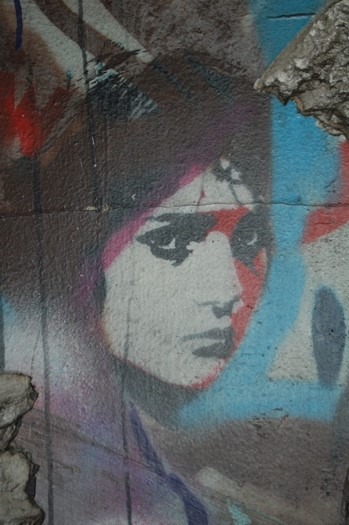
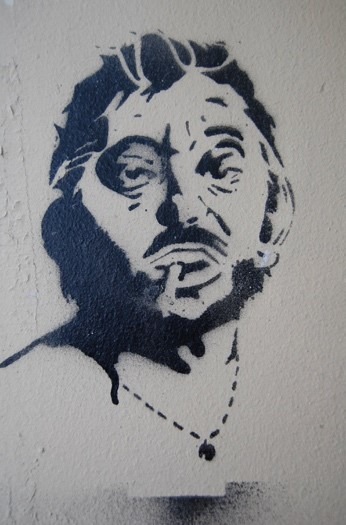
From these superimposed, intermingled, confused, forgotten, exacerbated and yet still living memories, the place has preserved, lost, rediscovered and then imposed its name, that of 1603, the Couvent des Récollets.
Restructuring (2000-2003)
Faced with the deterioration of the site, the City of Paris decided in 2000 to launch a project to restructure the site. A competition was organized, and the team of architects Reichen and Robert, in collaboration with the RIVP (Régie Immobilière de la Ville de Paris), won the project. The aim was to transform the convent into a residence in the image of the Villa Medici, which had made such a strong impression on Mr. Lombardini, then president of the RIVP.
The site was inaugurated in July 2003. It became a residence for international artists and researchers, with 81 studios occupied by creators and researchers whose activities require them to stay in Paris.
Since then, the Récollets center has sought to fulfill a cultural mission: to summon up the memory of a place, a history, an architectural heritage, material and immaterial traces in the service of creation and research.